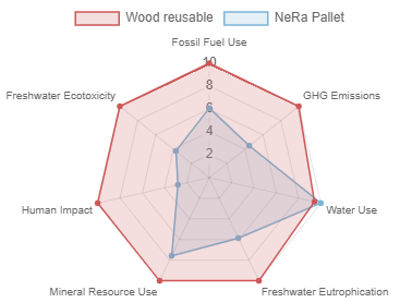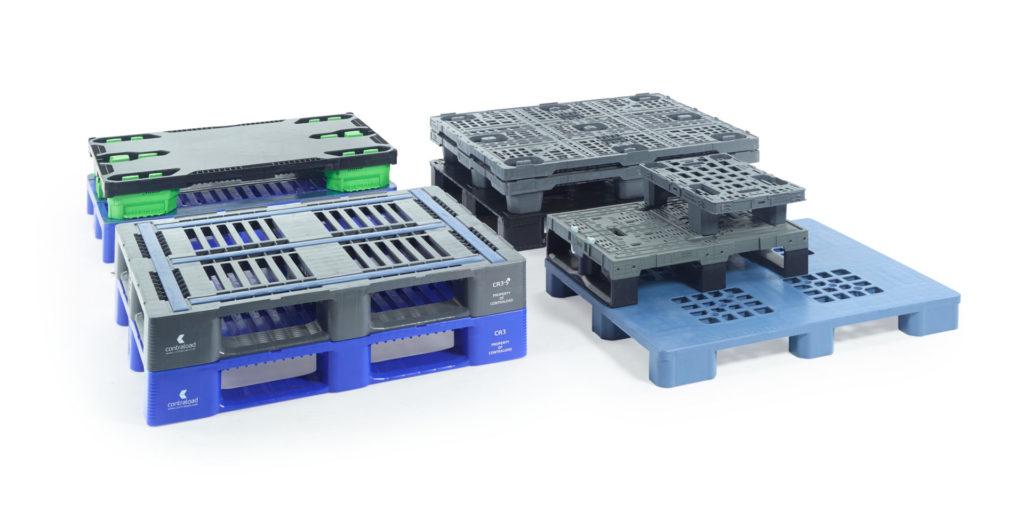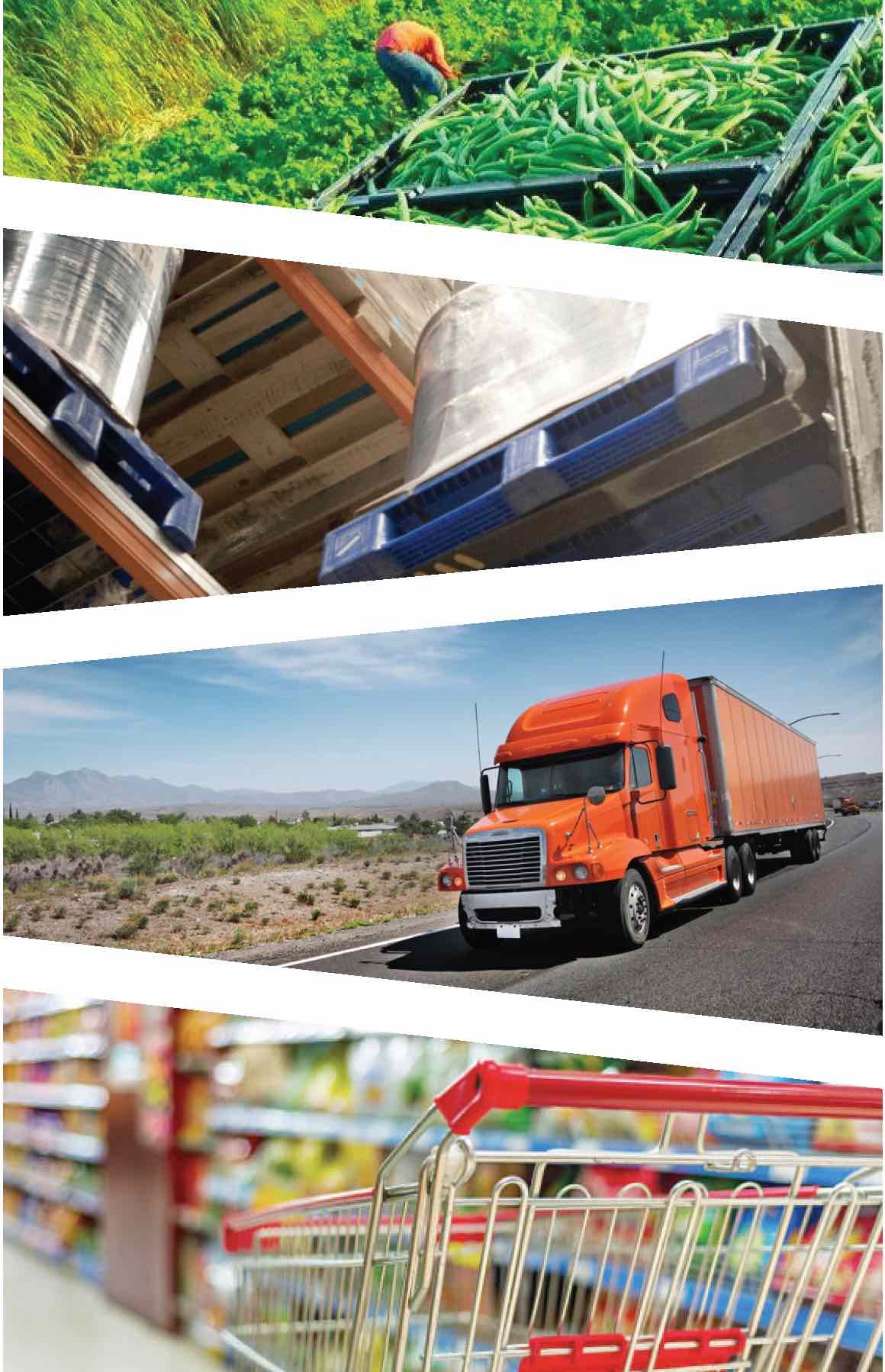Embracing a more sustainable supply chain with plastic pallets
The climate crisis is higher on today’s business agenda than ever before, with a pressing need for organizations worldwide to reduce their environmental impact and introduce measures that lead to a more sustainable supply chain. One such measure is adopting sustainable plastic pallets.
Sustainability is pushing for changes in consumer packaging[1]. Regulators, FMCG companies, and retailers are looking into improving packaging for supply chain sustainability.
Pallets are undeniably the backbone of the supply chain. They provide the necessary kinetics to keep the process moving smoothly and help achieve faster turnarounds. Pallets also accommodate load weight during transport, protect freight from rollovers and other impacts, provide a point of contact with loading matches, economize space during transport and storage, and so much more.
How can plastic pallets contribute to a sustainable supply chain?
There are estimated to be five billion pallets in use worldwide, 90% of which are wooden, with the remaining 10% comprise plastic, metal, or cardboard[2]. With so many pallets in use, companies must look for sustainable supply chain solutions that do not require too much harvesting of natural resources. Sourcing reusable plastic pallets is a straightforward way of reducing the environmental impact of the supply chain.
Determining the most sustainable solution requires examining the entire life cycle of the pallet. Product durability is one of the main variables when comparing different pallets and relates to the number of times a product can be used over its lifetime. Assets that have been rigorously tested for strength, stiffness, durability, and surface friction are bound to last longer. Testing at advanced facilities like Virginia Tech’s Center for Packaging and Unit Load Design[3] provide customers with the confidence that reusable plastic pallets are built to last.
For example, heavy-duty plastic pallets have delivered outstanding performance under accelerated life simulation, completing an average of 110 survived FasTrack cycles. Four out of ten pallets tested by Tosca, a global leader in reusable packaging solutions and pooling for food supply chains, did not fail before testing was ceased at 120 cycles. Putting this into perspective, a GMA wood pallet[4] survives an average of five cycles.
These test parameters are used together with a life cycle analysis (LCA) to correctly configure data models that consider the pallet’s lifetime environmental impacts.

Supply chain sustainability can also be improved by opting for plastic pallets that are made from 100% reusable, repairable and recyclable plastic (HDPE), reducing pallet disposal waste.
The circular economy enhances supply chain sustainability
Going from a linear to a circular economy is crucial for companies to reduce their carbon footprint and increase supply chain sustainability. A traditional linear model limits product lifecycle to “Take, make and discard”. However, a circular economy is based on the principles of designing out waste and pollution associated with disposal, keeping products and materials in use, and reducing the need for virgin raw materials through recycling.
Embracing the circular economy for pallets involves a multi-stage process that requires careful planning and implementation at every point in the value chain. This includes design, production, distribution, pooling, collection, recycling, and raw material re-use, as the circle starts again.
At Tosca, food-approved raw materials are sourced from recycled plastics, with the use of virgin material limited wherever possible. Designers from in-house research and development teams work closely with customers pallets are durable and long-lasting. Re-use of assets is a crucial consideration at the design stage – with a ‚design for repair‘ approach ensuring that damaged pallets can be easily fixed through replaceable bases and walls. This is an essential means of extending product life.
A reusable plastic pallet has an average lifetime of 10 years, and it can be reused hundreds of times before needing recycling. What’s more, plastic pallets can be repaired easily when damaged. Sections can be slotted-in, rather than having to recycle the whole unit. However, even the best-designed and sturdiest reusable plastic pallets can get damaged beyond repair. In such cases, Tosca’s commitment to recyclability completes the circle.

Embracing a reusable plastic pallet will have a significant positive impact on supply chain sustainability and the climate crisis. For more information on Tosca’s reusable plastic pallets, connect with our experts.
[1] https://www.mckinsey.com/industries/paper-forest-products-and-packaging/our-insights/the-drive-toward-sustainability-in-packaging-beyond-the-quick-wins
[2] https://www.bloomberg.com/news/articles/2021-04-09/the-forgotten-shipping-pallet-is-staging-a-pandemic-era-rally
[3] https://www.unitload.vt.edu/
[4] https://www.tranpak.com/faq/what-is-a-gma-pallet/
[5] https://ecoinvent.org/


